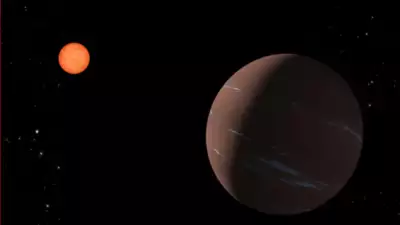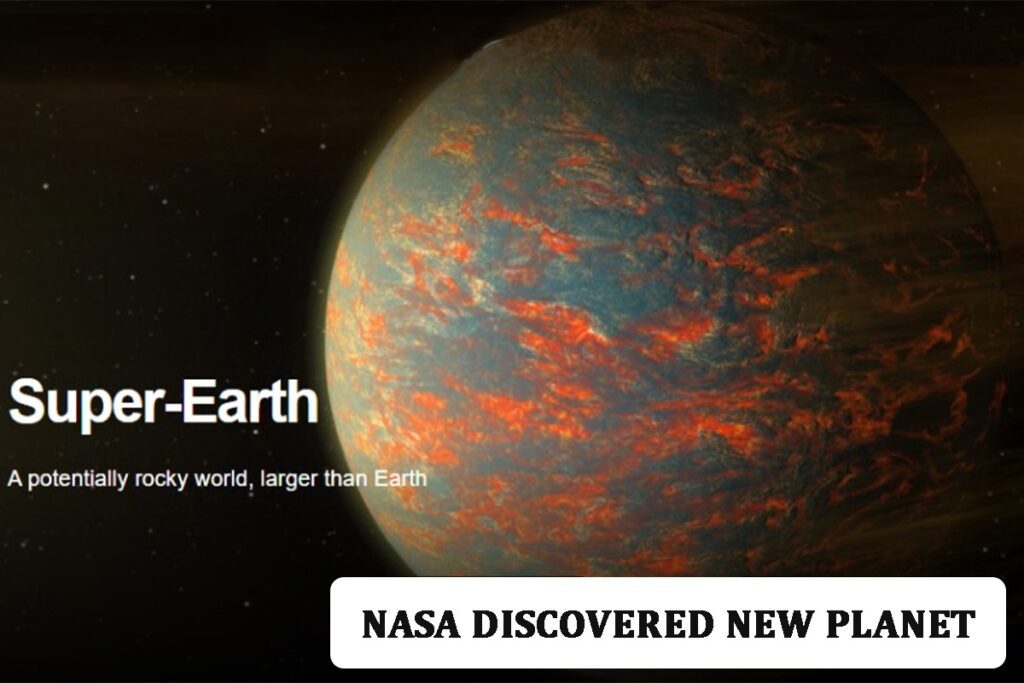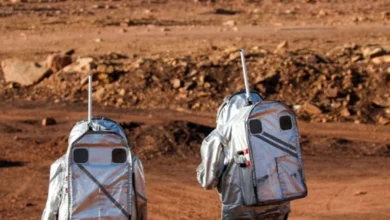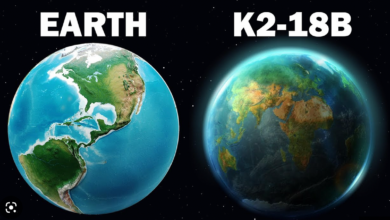NASA discovers potentially habitable ‘Super-Earth’ Just 137 light-years away
The discovery was made by the Transiting Exoplanet Survey Satellite (TESS), which detected the planet due to its short orbital period

NASA has recently announced the discovery of a potentially habitable “super-Earth” named TOI-715 b, orbiting a small, reddish star just 137 light-years away from us. This planet is approximately one and a half times wider than Earth and completes a full orbit around its star in only 19 days. Its location within the “conservative” habitable zone suggests that it could potentially support liquid water on its surface.
The discovery was made by the Transiting Exoplanet Survey Satellite (TESS), which detected the planet due to its short orbital period. This proximity to its star allows scientists to study it more closely and gather valuable data. However, the presence of surface water would depend on other factors such as the planet’s atmosphere.

The star around which TOI-715 b orbits is a red dwarf, smaller and cooler than our Sun. Red dwarfs are known to host small, rocky worlds like this one. Despite their closer orbits, these planets can still be within the habitable zone of their stars due to the smaller size and cooler temperature of red dwarfs. This closer proximity also increases the frequency of planetary transits, making them easier to detect with space telescopes.
NASA plans to further scrutinize TOI-715 b using the James Webb telescope, which will provide more detailed information about the planet’s properties. One key aspect of this investigation will be determining the planet’s mass and whether it could be classified as a “water world.” A water-rich atmosphere would be easier to detect compared to a denser, drier world.
The discovery of TOI-715 b highlights the potential for finding habitable planets beyond our solar system. Studying these exoplanets helps scientists better understand the conditions necessary for life to exist elsewhere in the universe. However, while the planet’s location within the habitable zone is promising, further research is needed to assess its suitability for hosting life.
You might also be interested in – NASA declares readiness to send Indian astronaut to space by 2024



